

Kensington Market
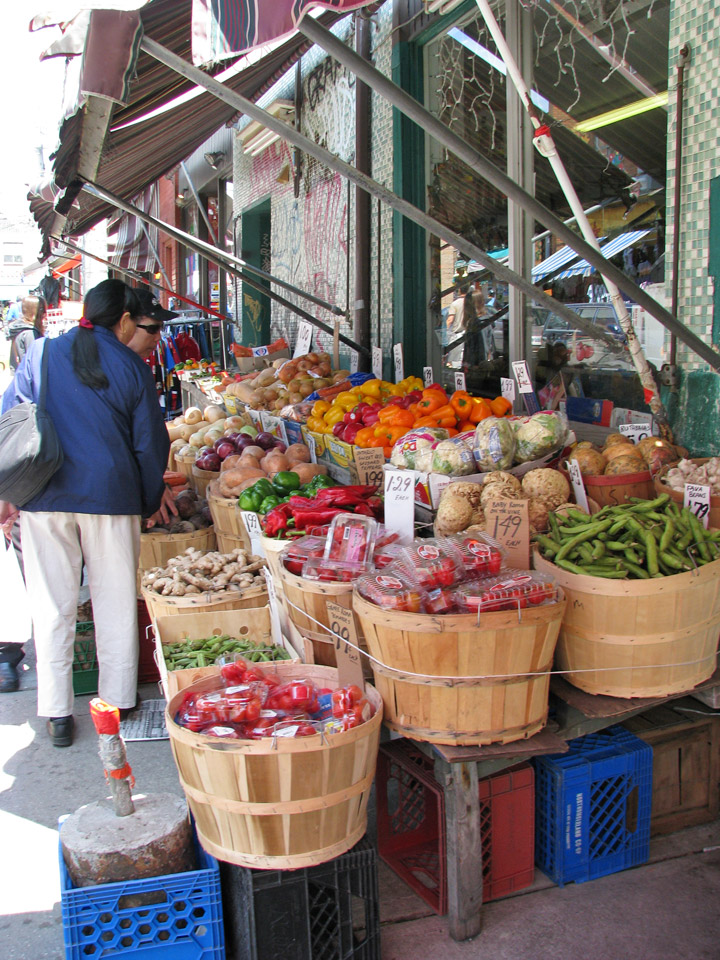
Kensington Market is a distinctive multicultural neighborhood in downtown Toronto, Ontario. The Market is one of the city's oldest and most famous neighborhoods, and in November 2006, it became a National Historic Site. Its approximate borders are College St. on the North, Spadina Ave. on the East, Dundas St. W. to the South, and Bellevue Ave. to the West. Most of the neighborhood's eclectic shops, cafes, and other attractions are located along Augusta Ave. and neighboring Nassau St. and Kensington Ave. The market is best traveled on foot or bicycle, as the narrow one-way streets and numerous dead-ends are difficult to navigate by car.
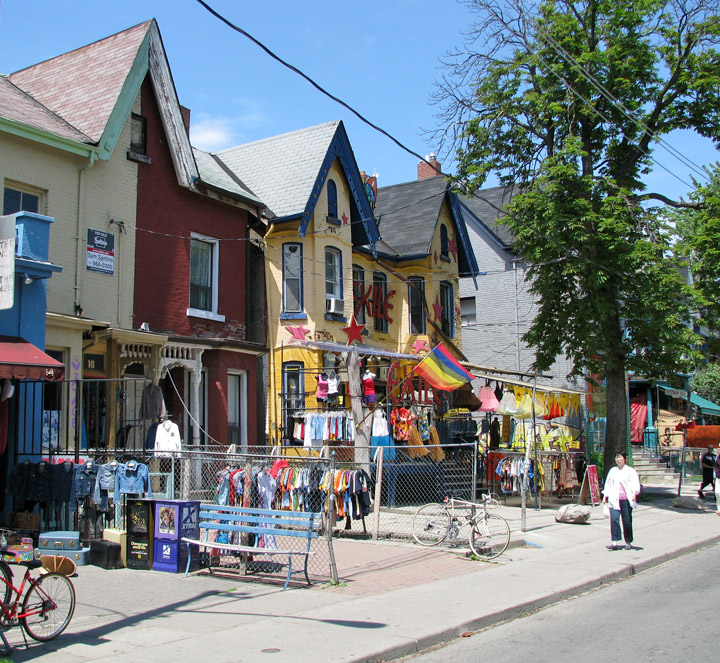
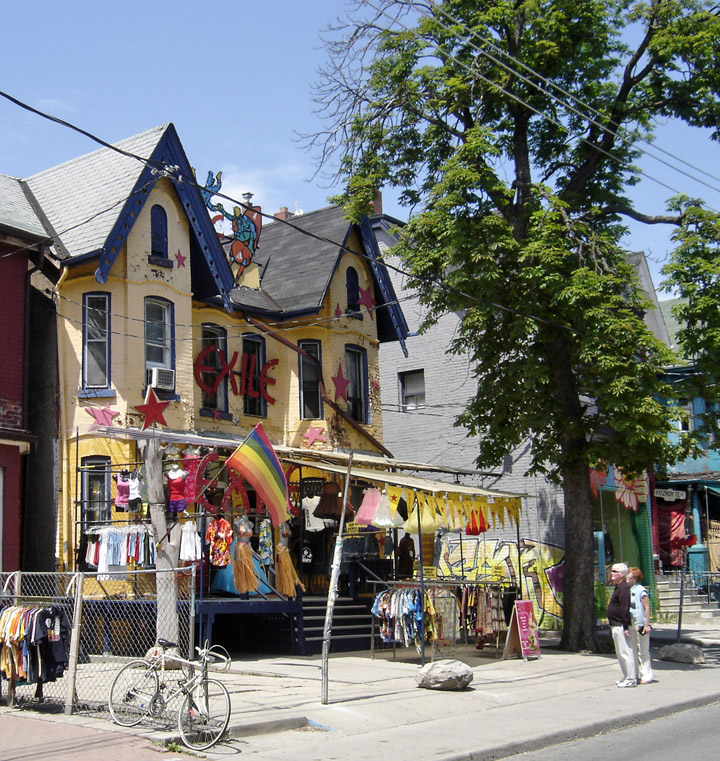
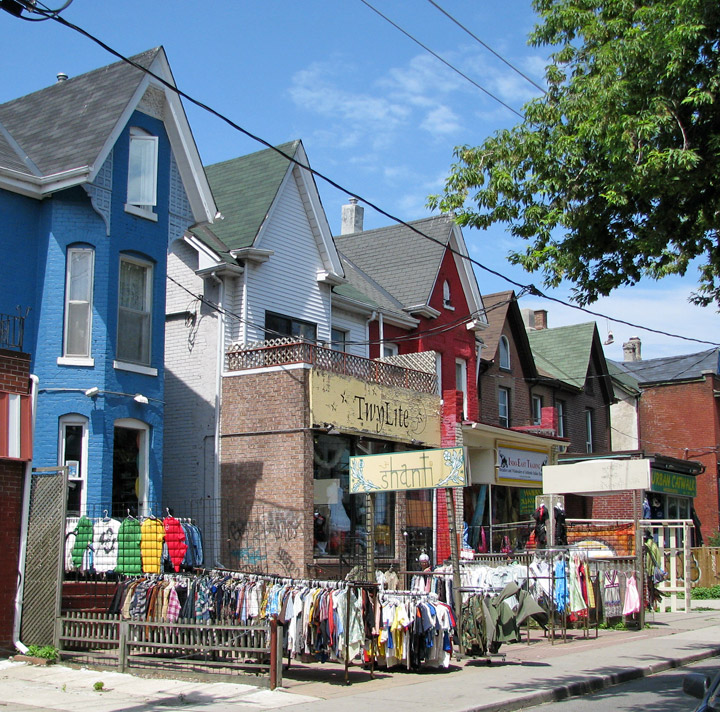
George Taylor Denison, after serving in the British militia during the War of
1812, purchased an area of land in 1815 from Queen Street West to Bloor Street,
roughly between where Augusta and Lippincott Streets now run. Denison used the
area now known as Bellevue Square Park as a parade ground for his volunteer
cavalry troop, which he commanded during the Upper Canada Rebellion. This troop
later became the Governor General's Horse Guards. The Denison estate was
subdivided in the 1850s. During the 1880s, houses were built on small plots for
Irish and Scottish immigrant laborers coming to Toronto; many of these houses
still stand along Wales Avenue and elsewhere, and these inexpensive homes have
been inhabited by many waves of immigrants in the decades that followed.
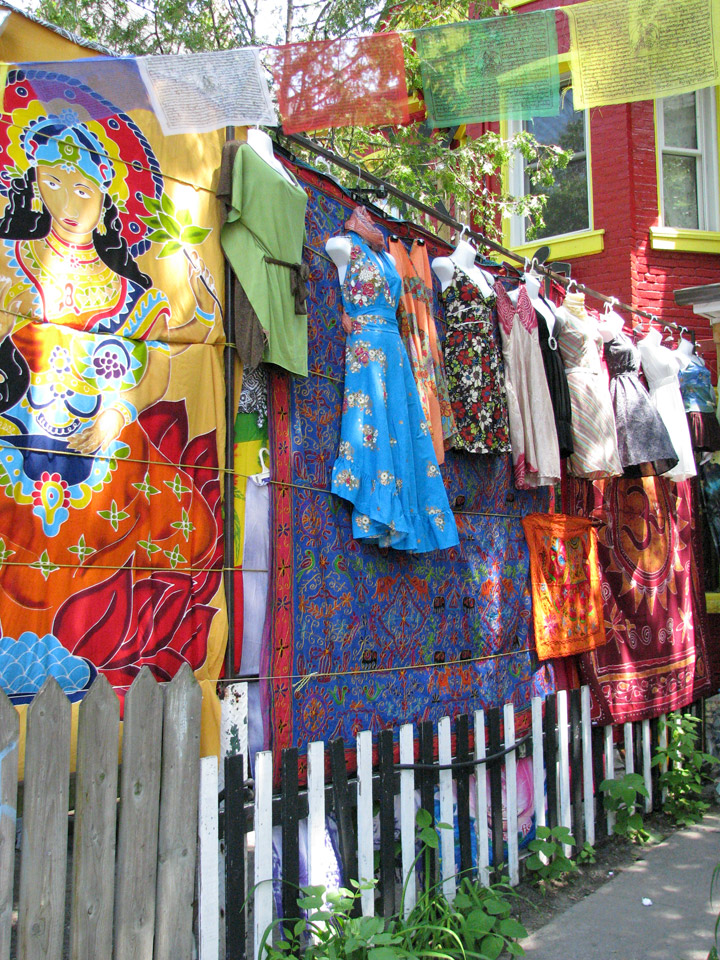
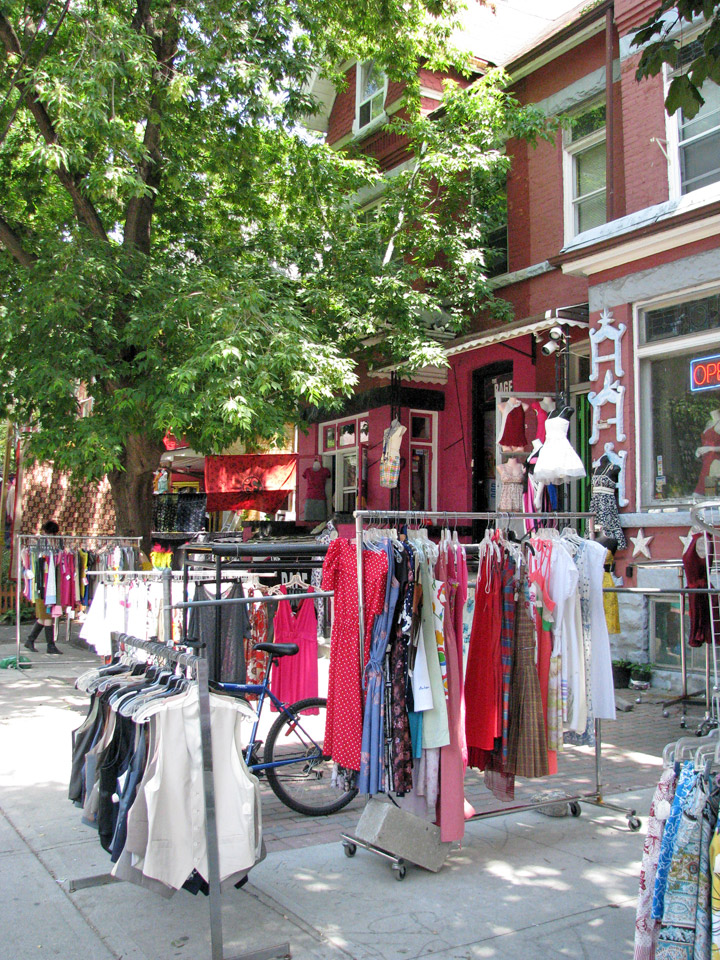
Kensington Market was slowly founded in the early twentieth century by eastern
European Jewish immigrants and some Italians, who vacated "The Ward", an
overcrowded immigrant-reception area between Yonge Street and University Avenue,
in large numbers after around 1910. It became a cluster of densely packed
houses, and was one of the poorer areas of the city. It became notable for the
open air market, reminiscent of those in Europe, that covered the streets of the
area. From the beginning the market sold a great diversity of items imported
from the homelands of the various immigrant communities.
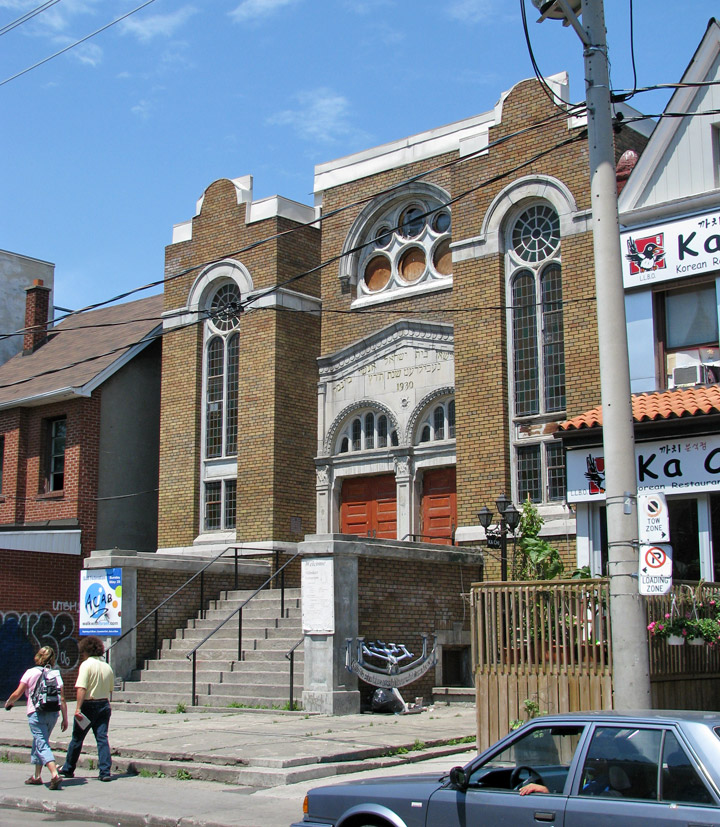
synagogue
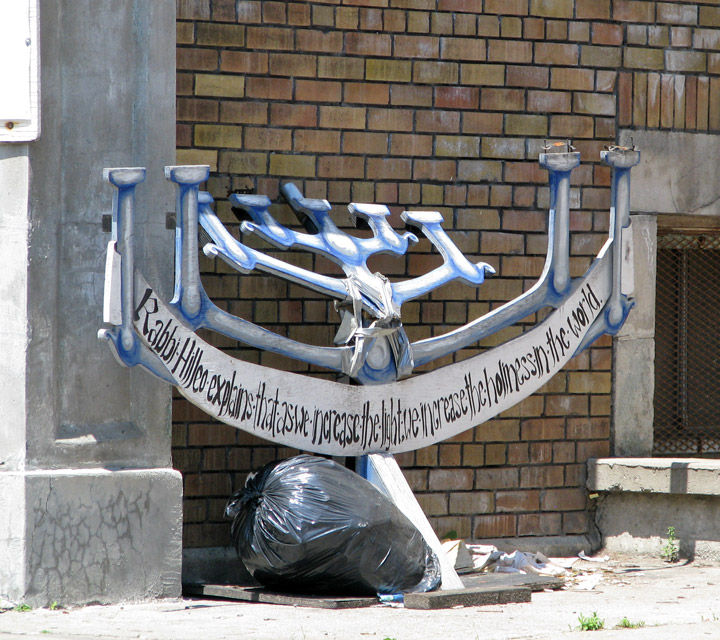
Kensington was also known as "the Jewish Market". Jewish merchants operated
small shops as tailors, furriers and bakers. Around 60,000 Jews lived in and
around Kensington Market during the 1920s and 1930s, worshipping at over 30
local synagogues. After the Second World War, most of the Jewish population
moved north to more prosperous neighborhoods uptown or in the suburbs. During
the 1950s, a large number of immigrants from the Azores, fleeing political
conflict with the regime of António de Oliveira Salazar, moved into the area and
further west along Dundas Street. The arrival of new waves of immigrants from
the Caribbean and East Asia changed the community, making it even more diverse
as the century wore on. The Vietnam War brought a number of American political
refugees to the neighborhood, adding a unique utopian flavor to local
politics. As Chinatown is located just east of Kensington, the Chinese are now
the largest ethnic element. During the 1980s and 1990s, identifiable groups of
immigrants came from Somalia, Ethiopia, Sudan, Iran, Vietnam, and other global
trouble spots appeared in the Market to make new lives.
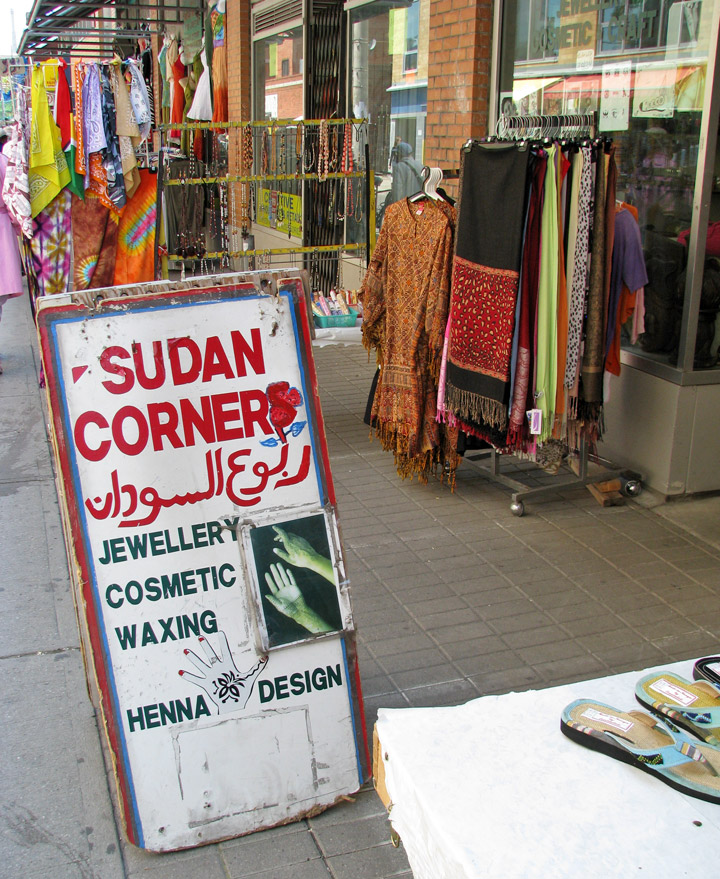
In the 1960s there were plans to tear down the densely packed small houses and
replace them with large apartment style housing projects, as was done to
neighboring Alexandra Park. These plans came to an end with the election of
David Crombie as Mayor of Toronto. Crombie was strongly opposed to the massive
urban restructuring plans that had been in vogue in previous decades.
Text from Wikipedia
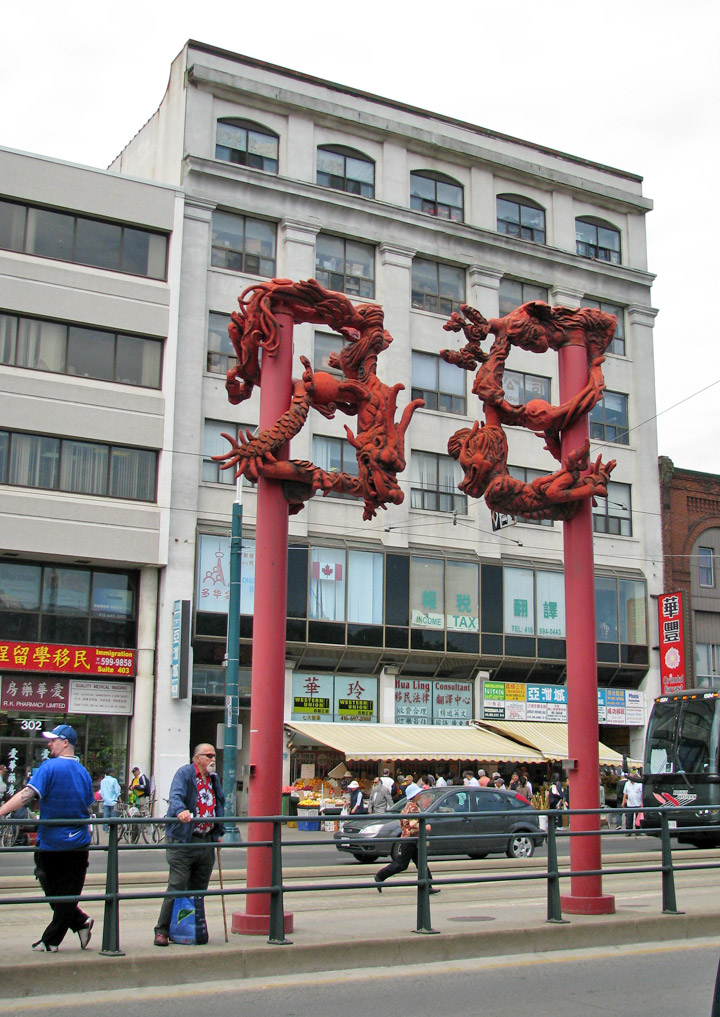
Chinatown
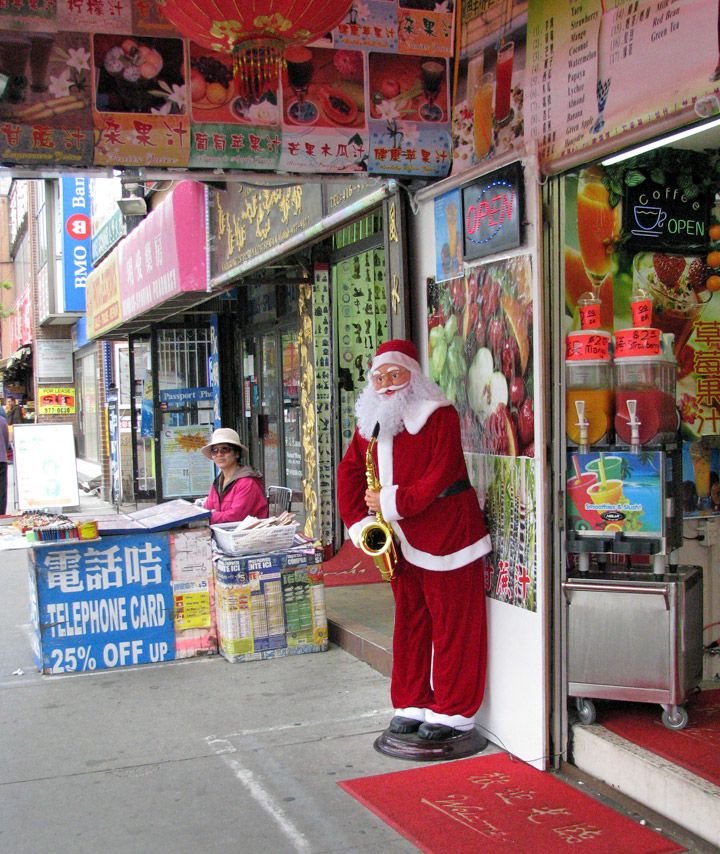
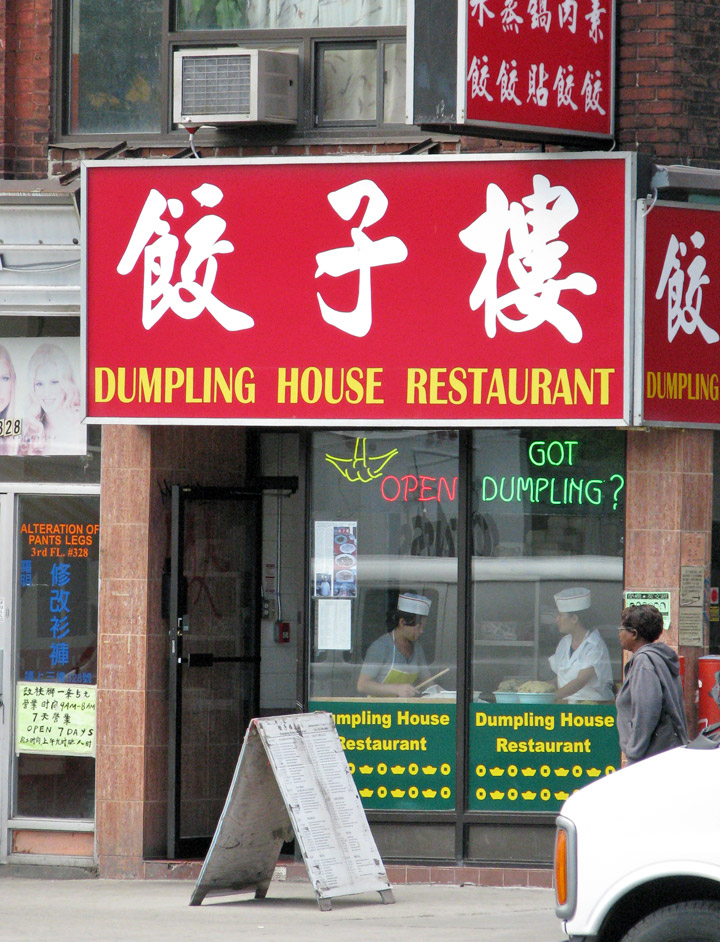
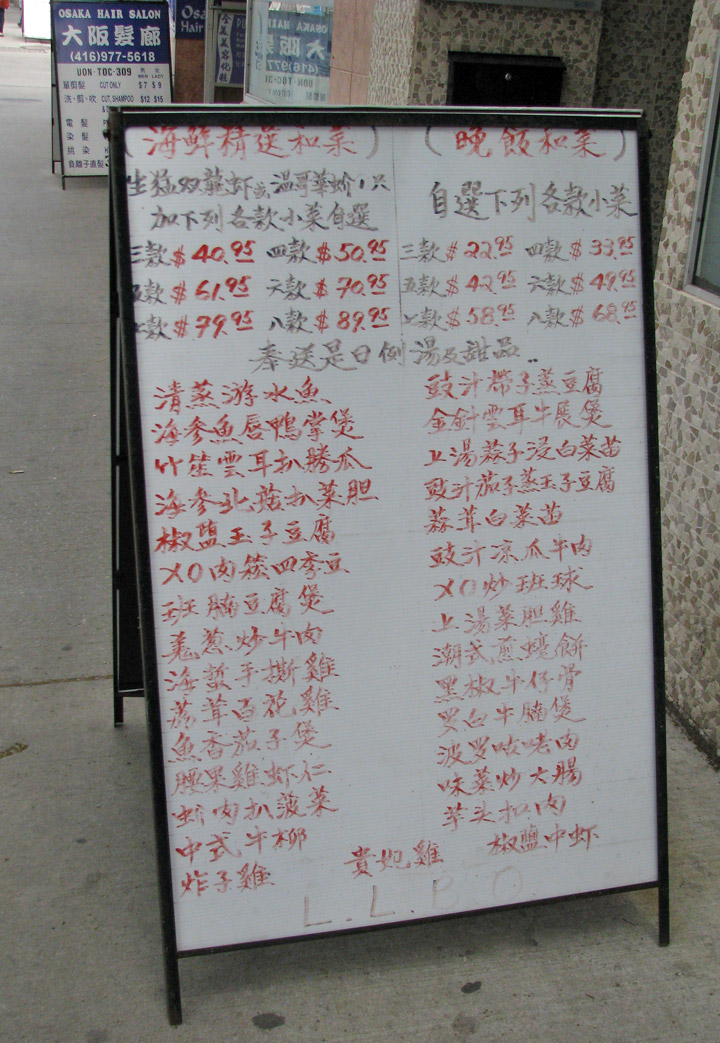
the menu
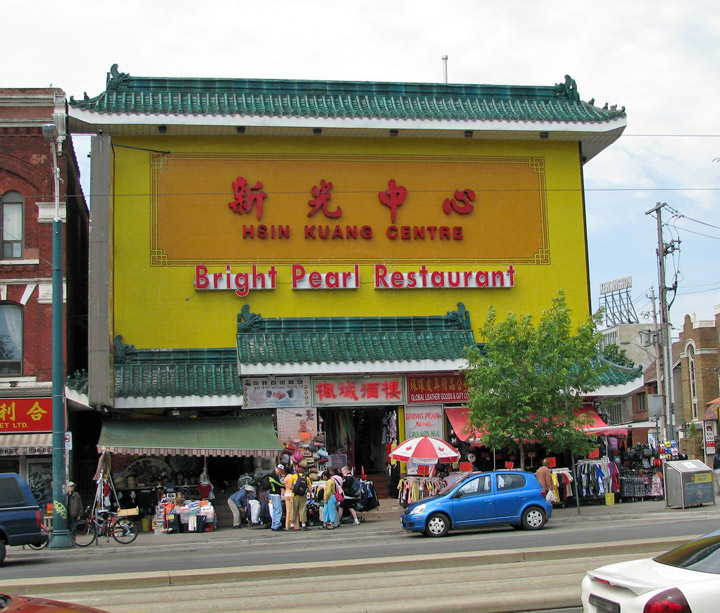
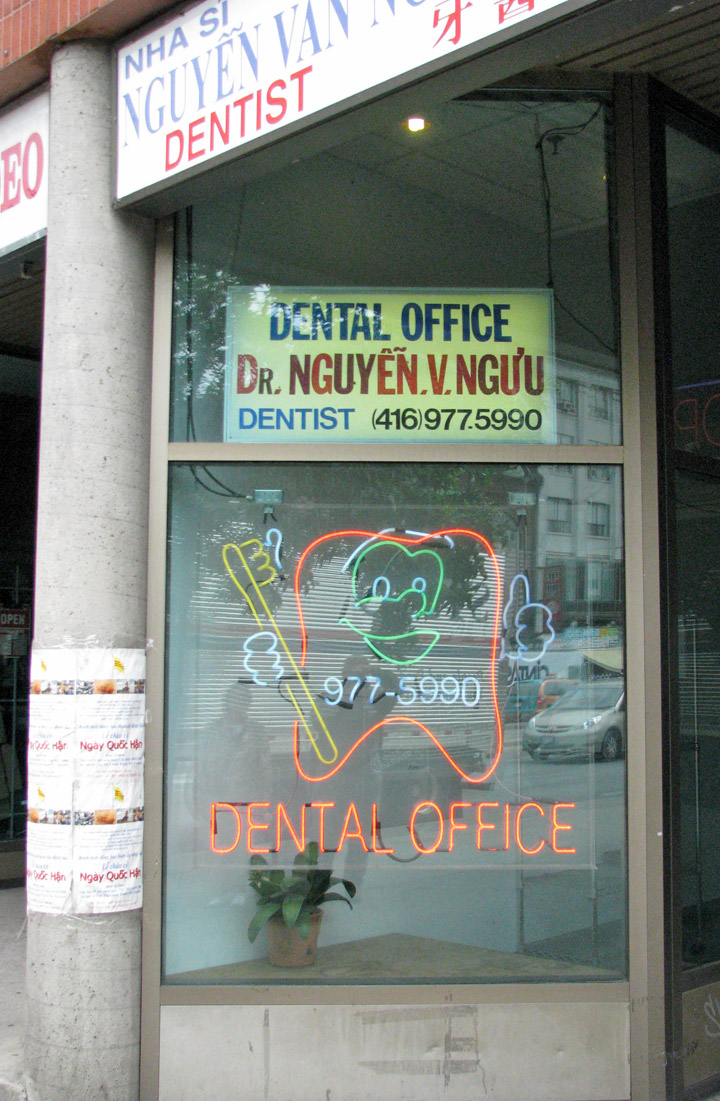
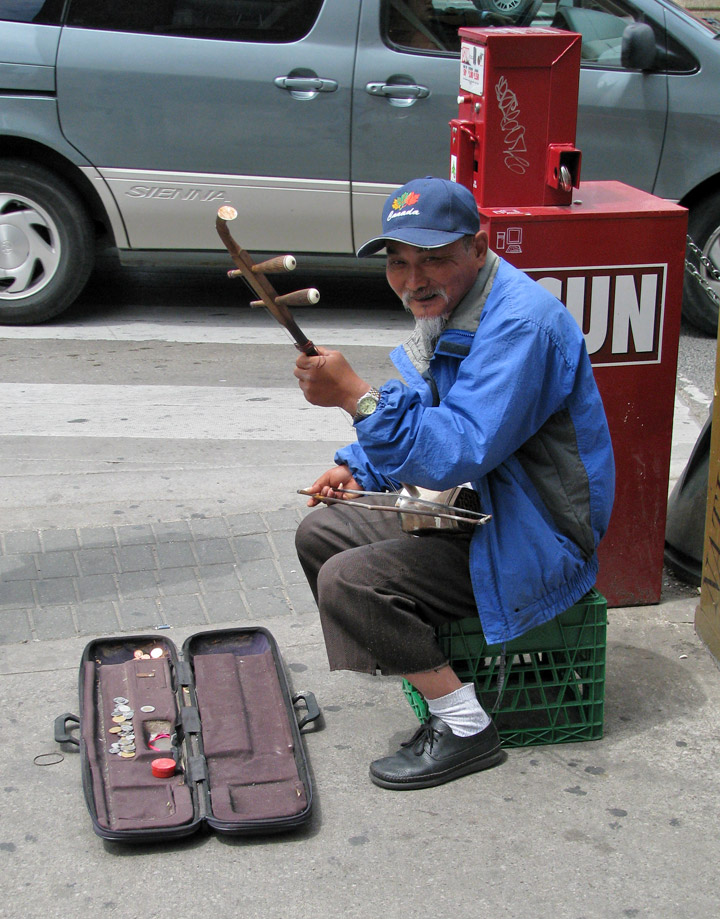
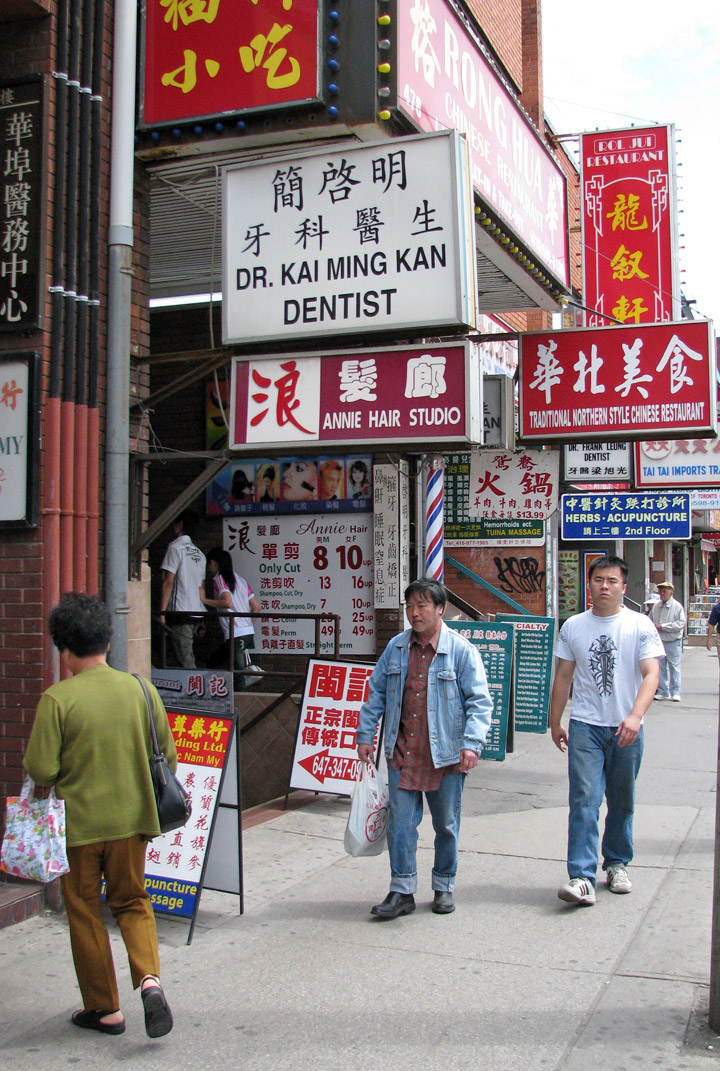
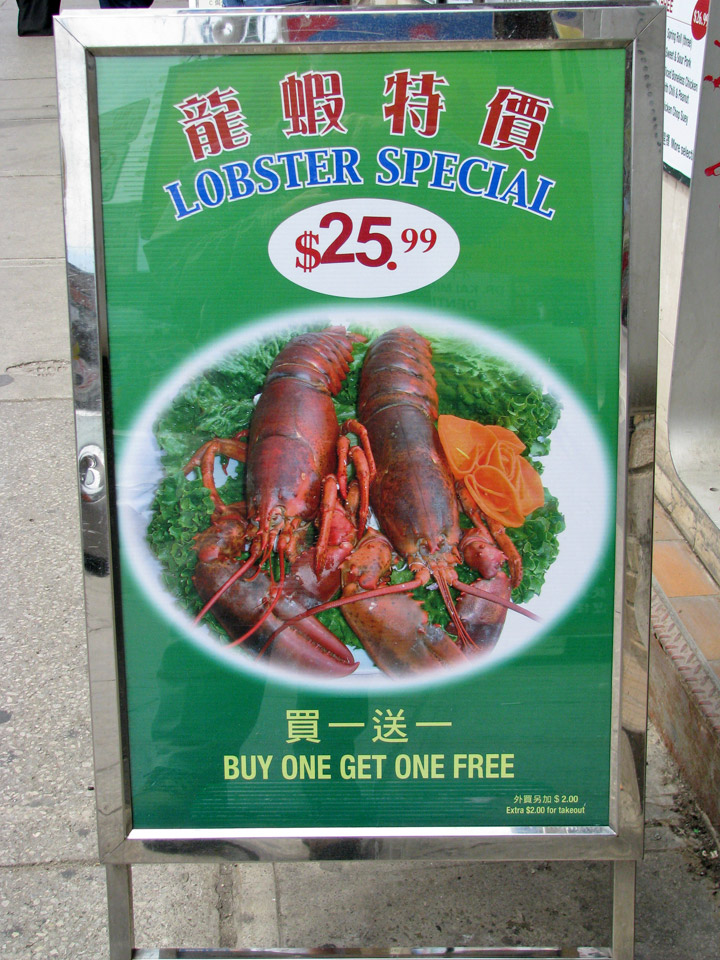
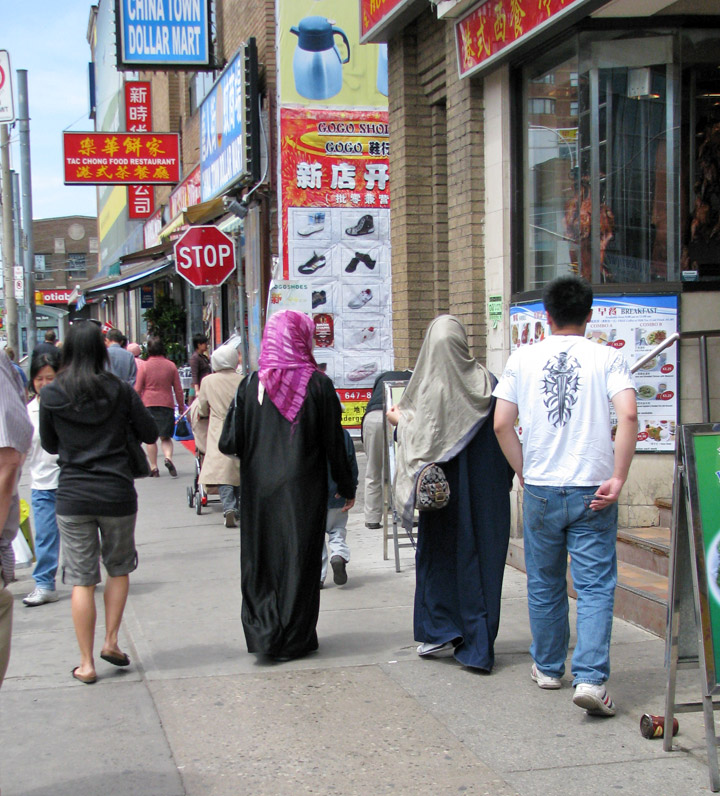
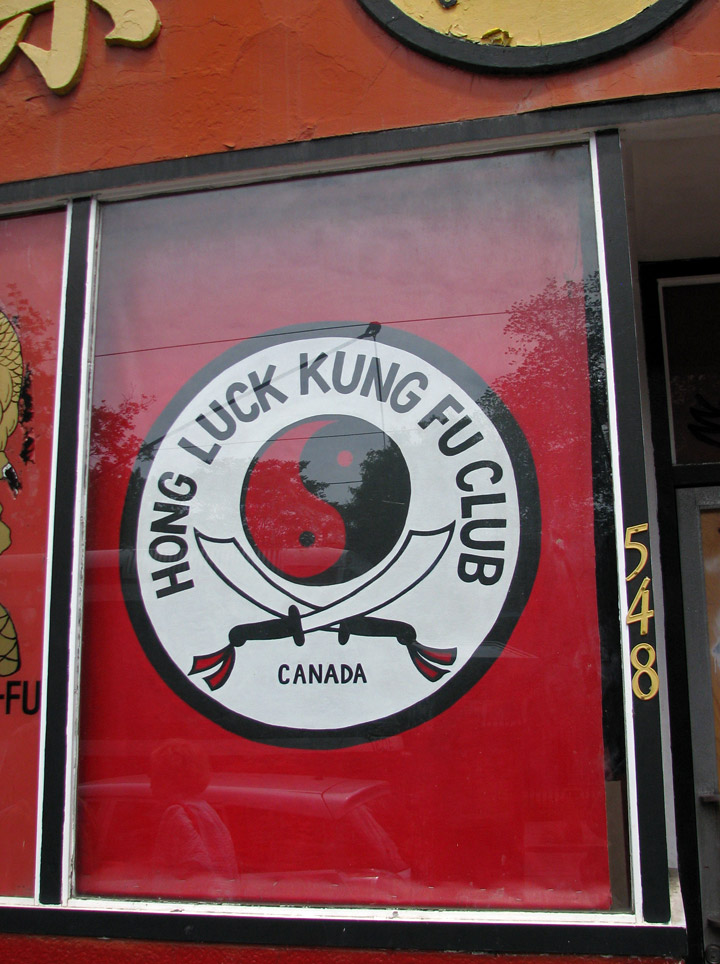
Kung Fu
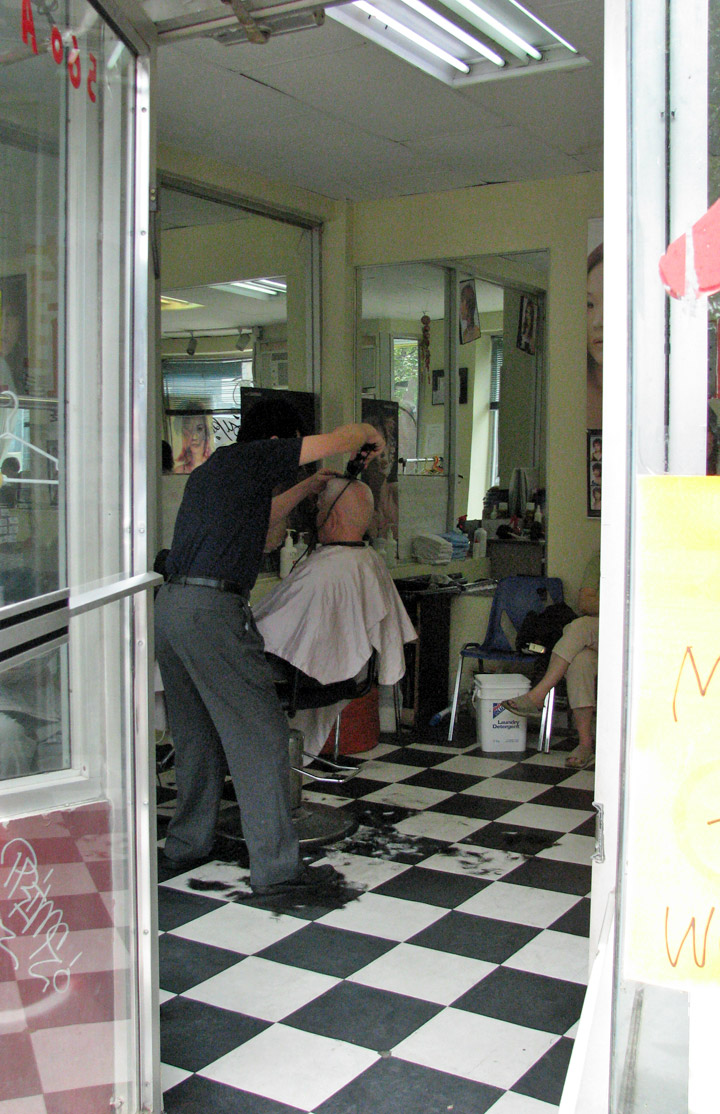
haircut
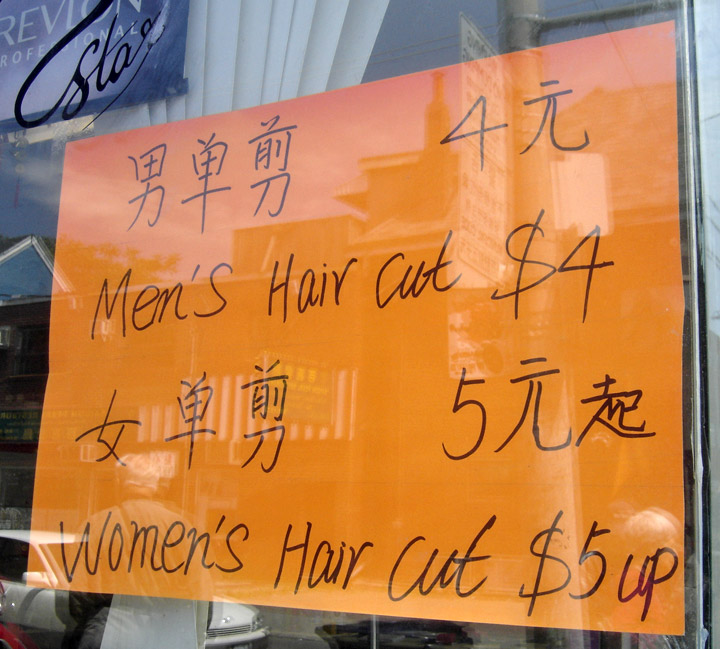
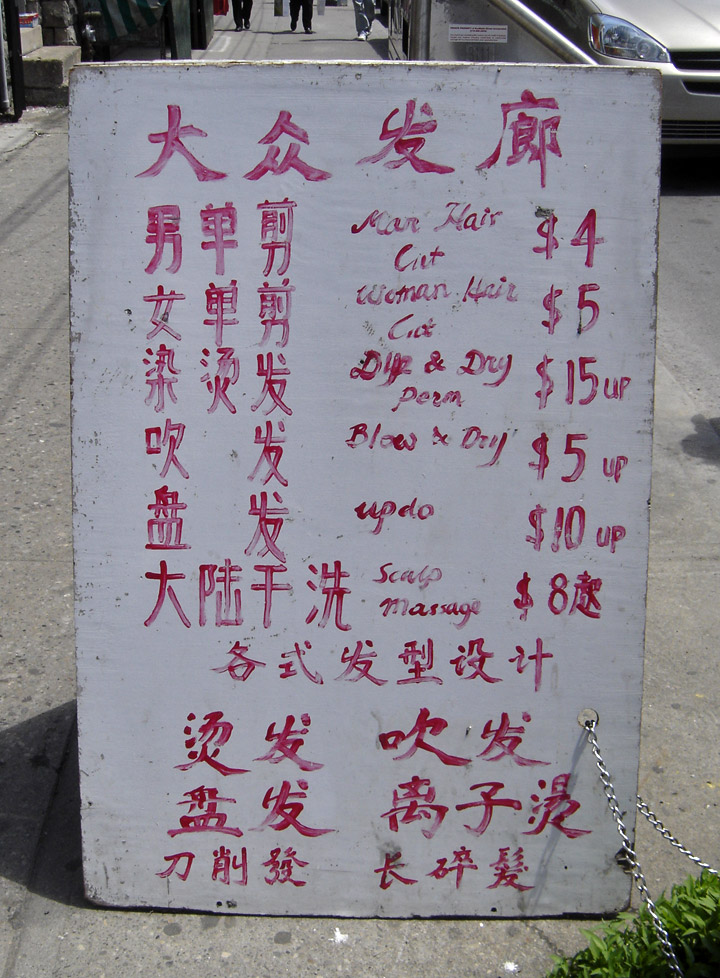
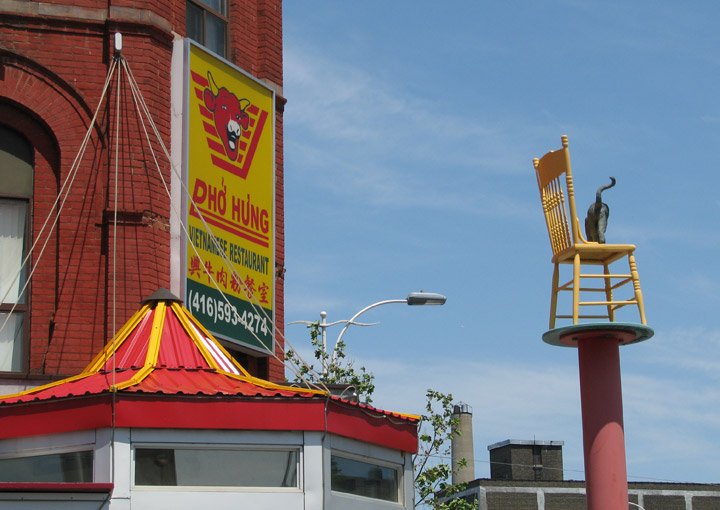
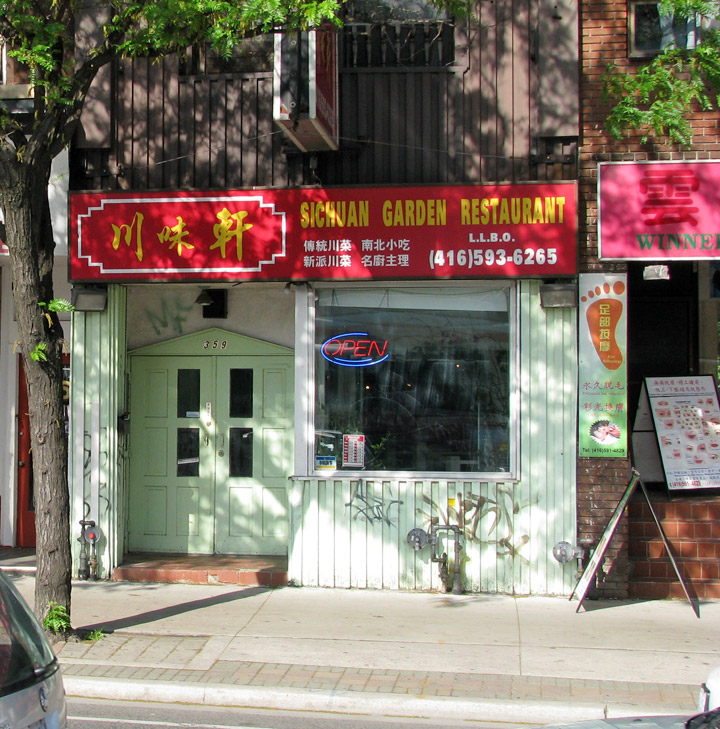
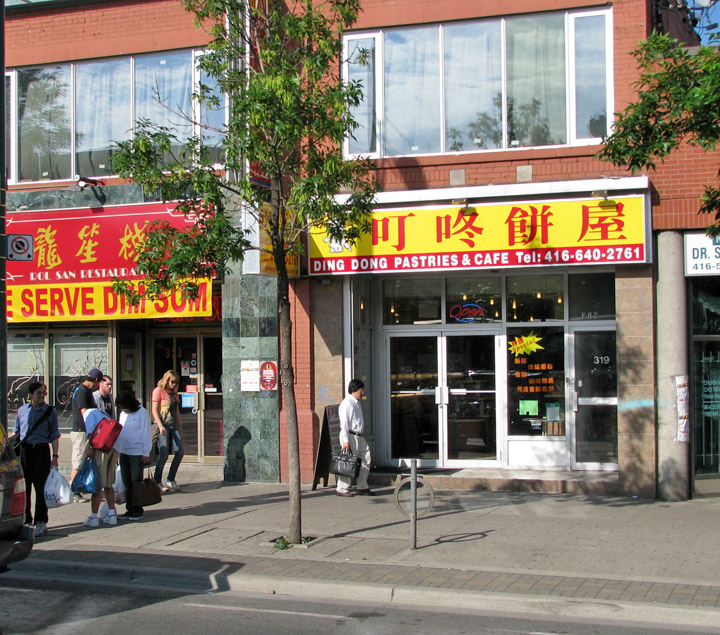
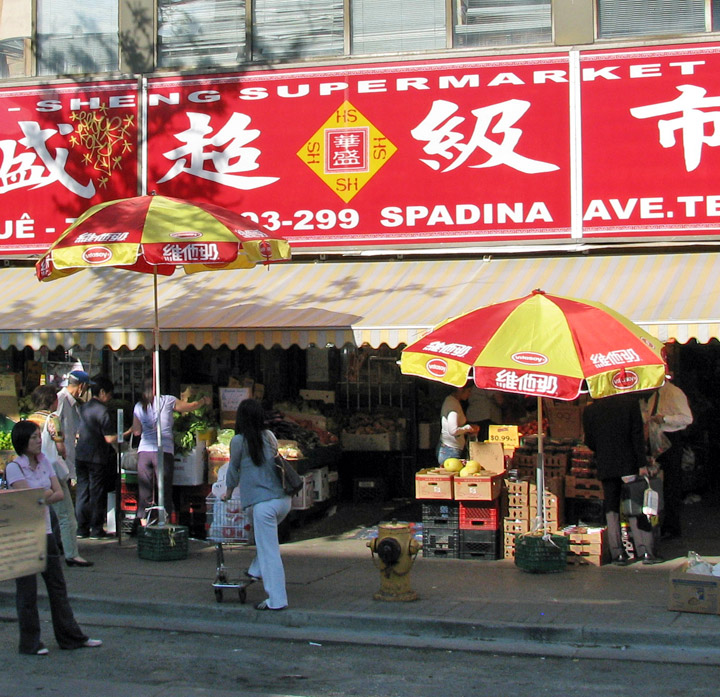
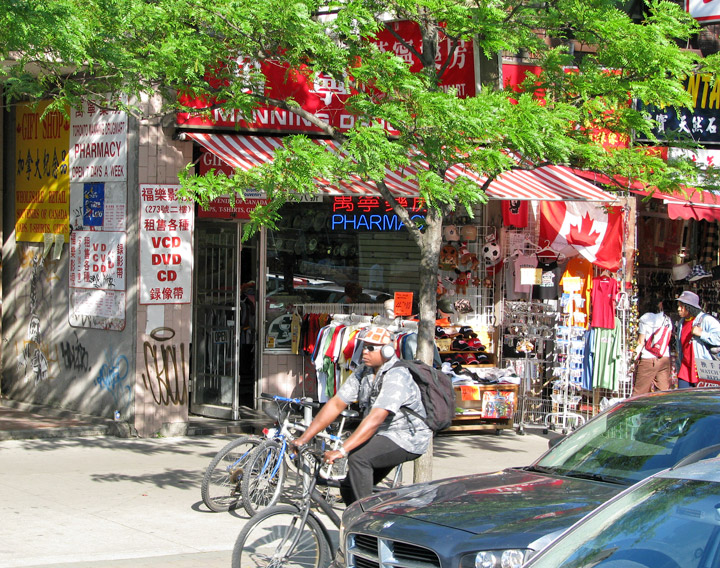
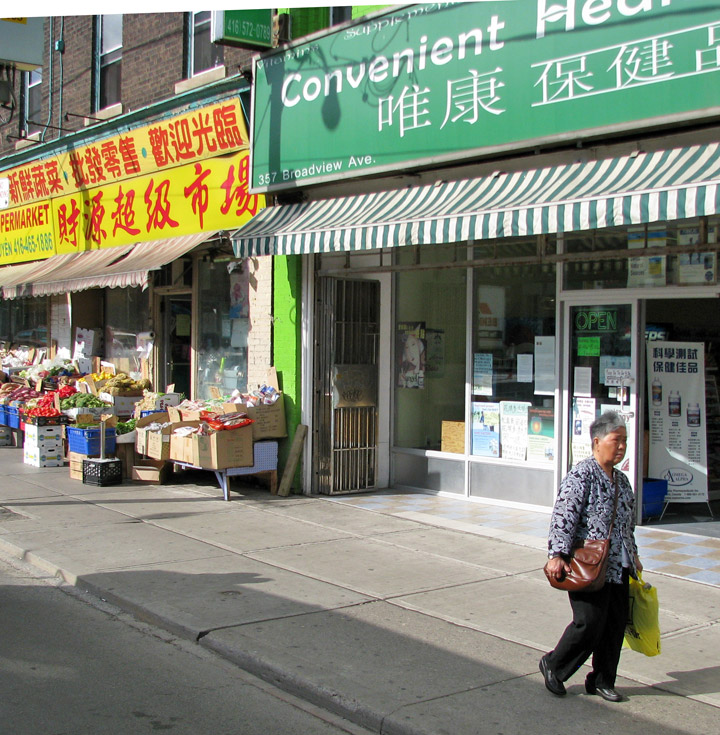
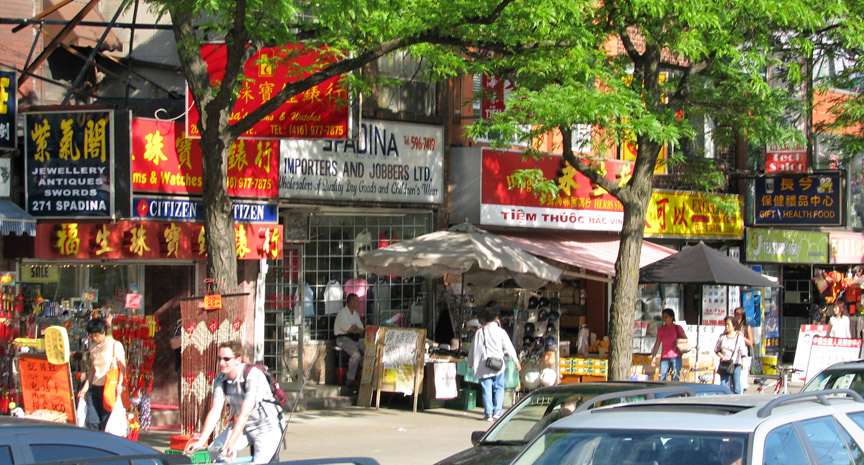
George Brown House
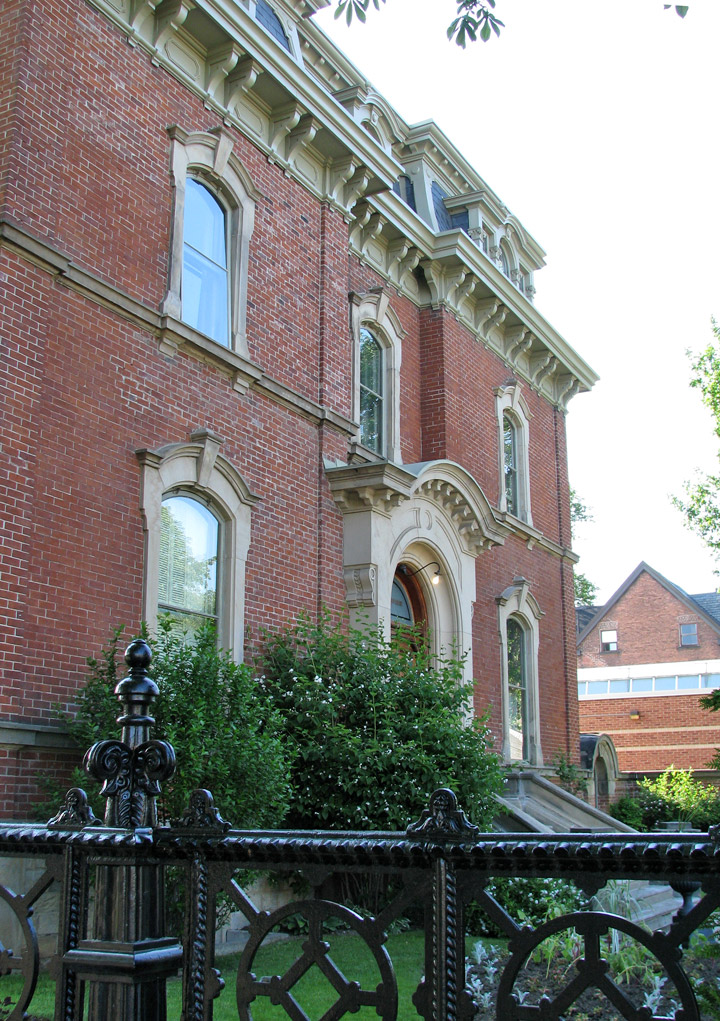
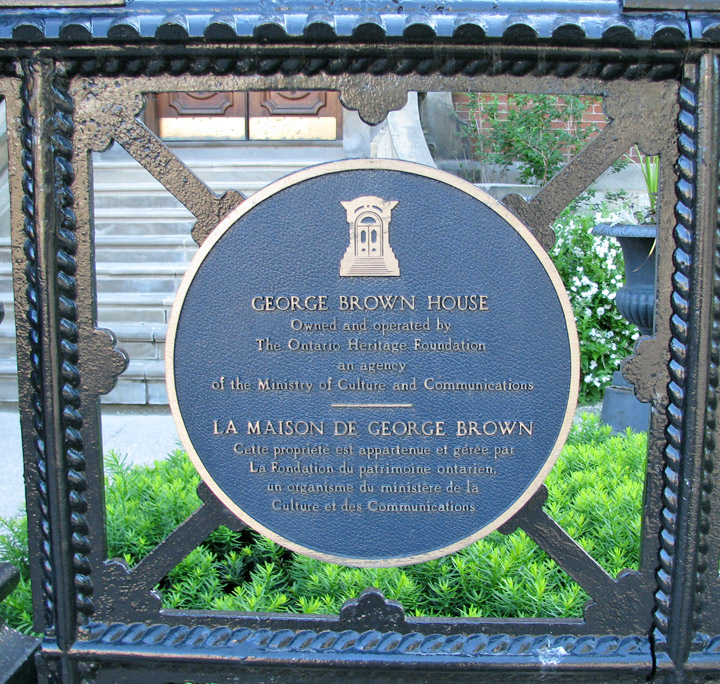
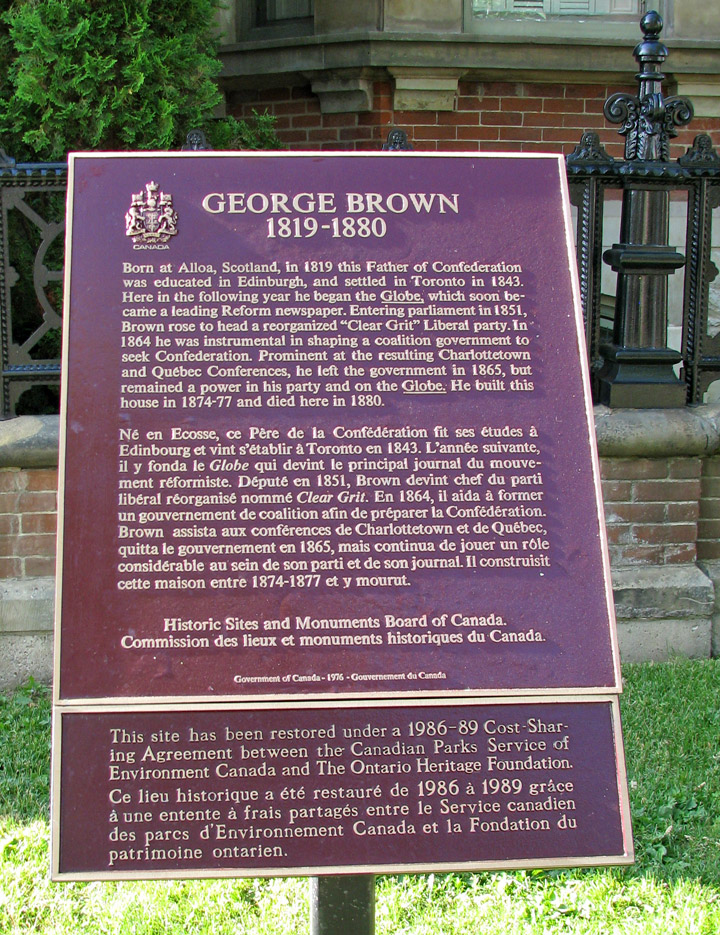
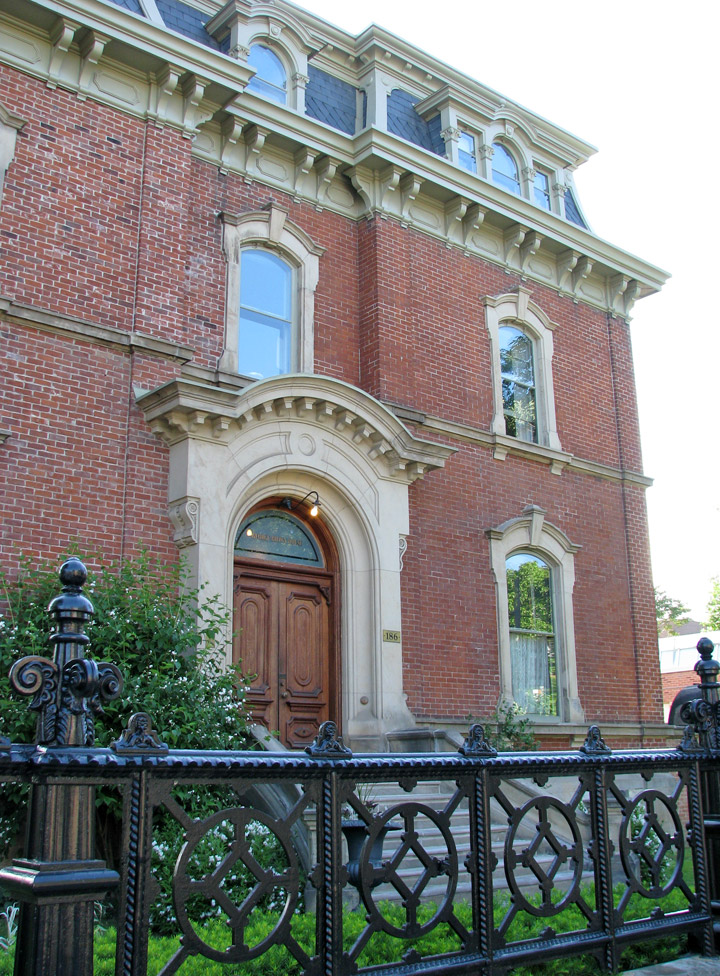
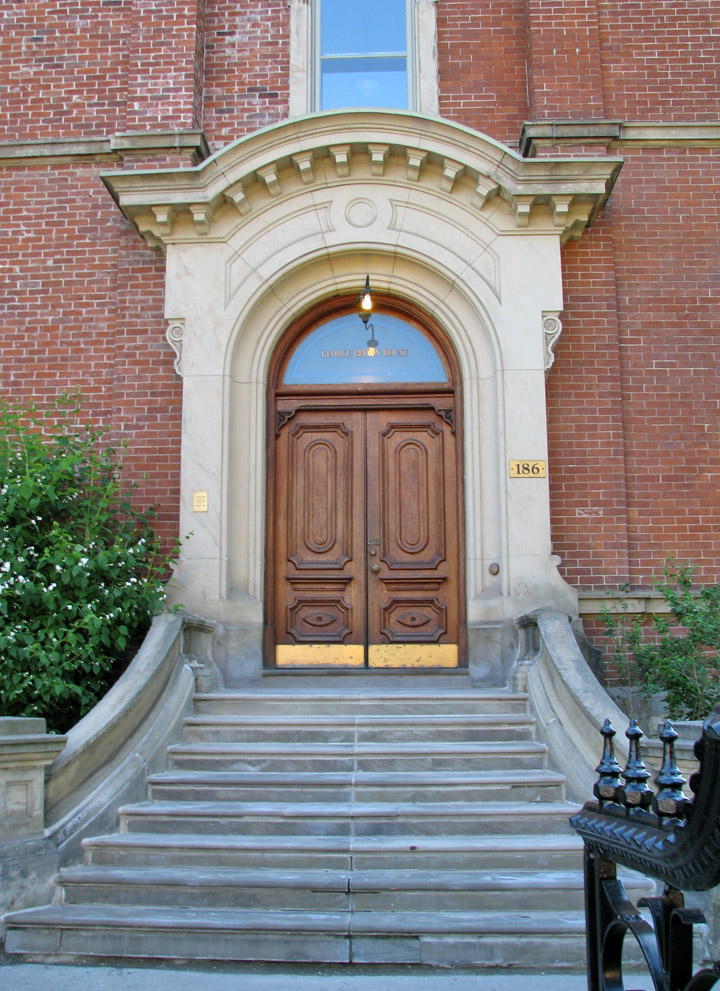
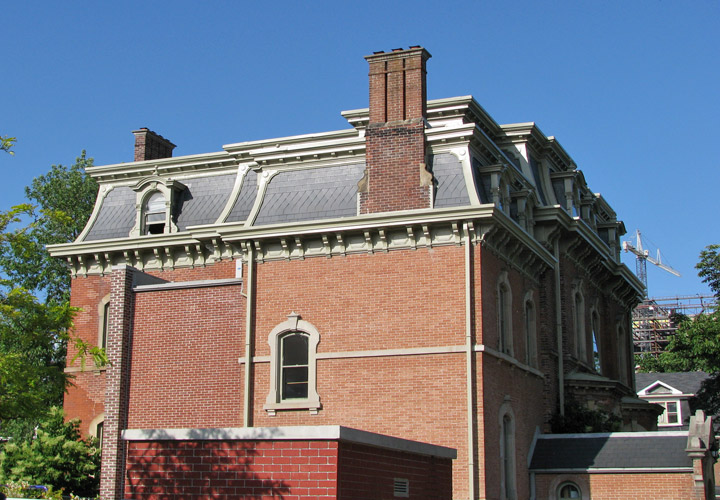
Mansard roof of the Brown House
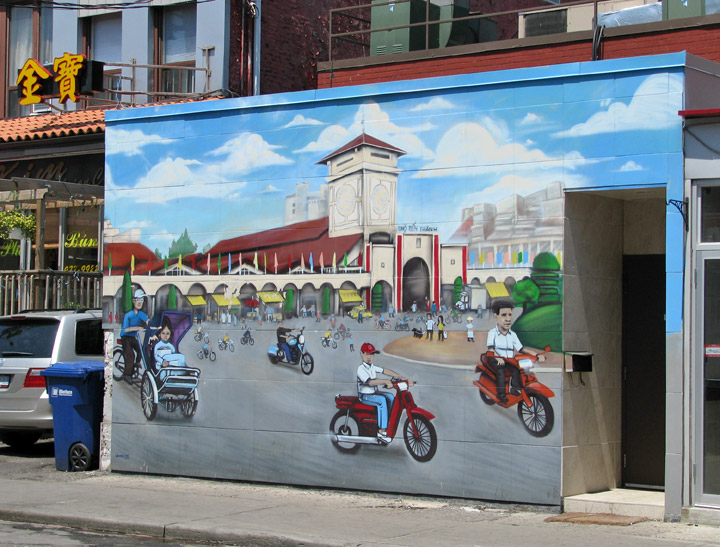
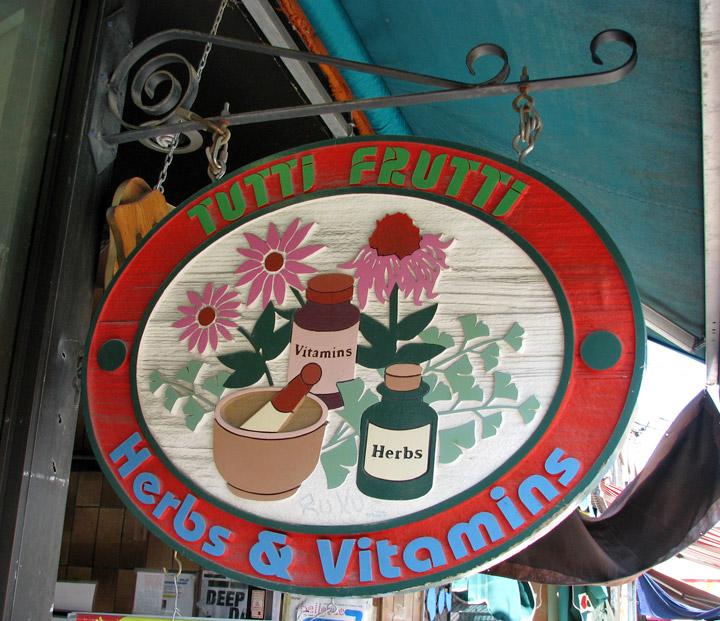
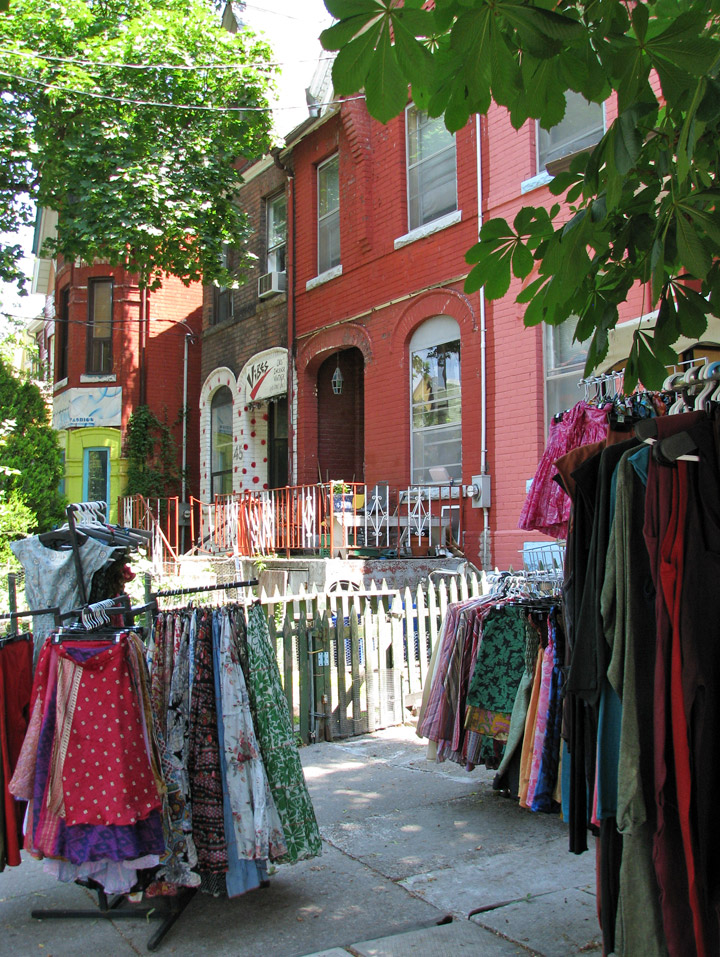
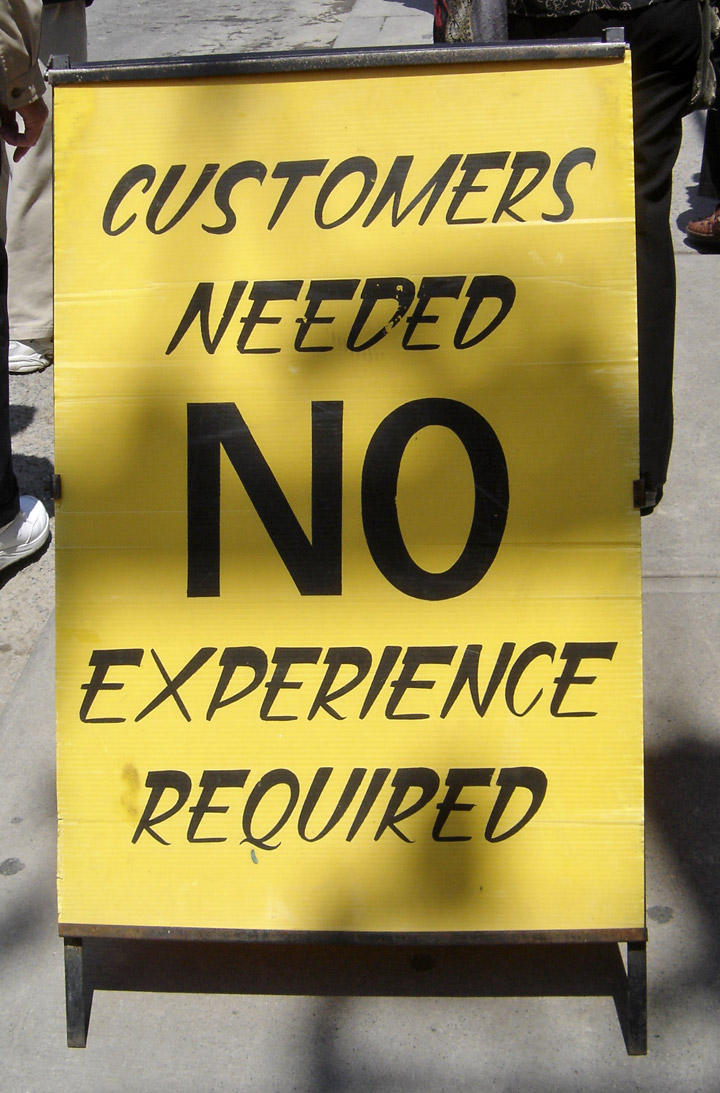
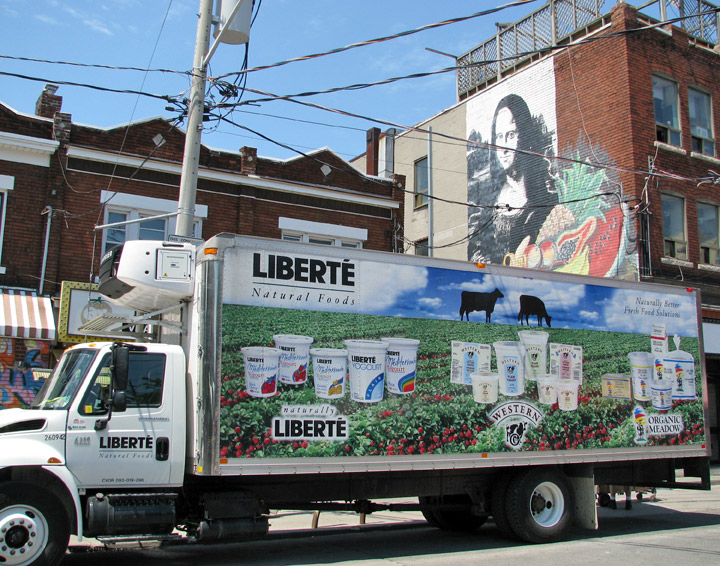
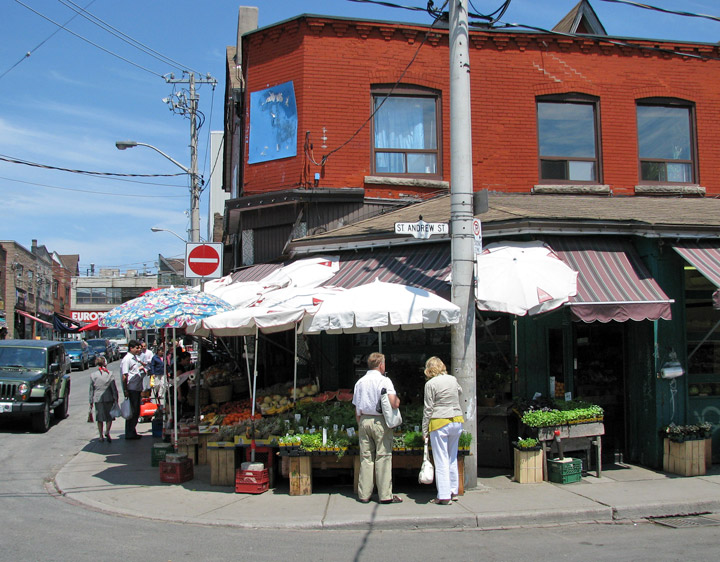
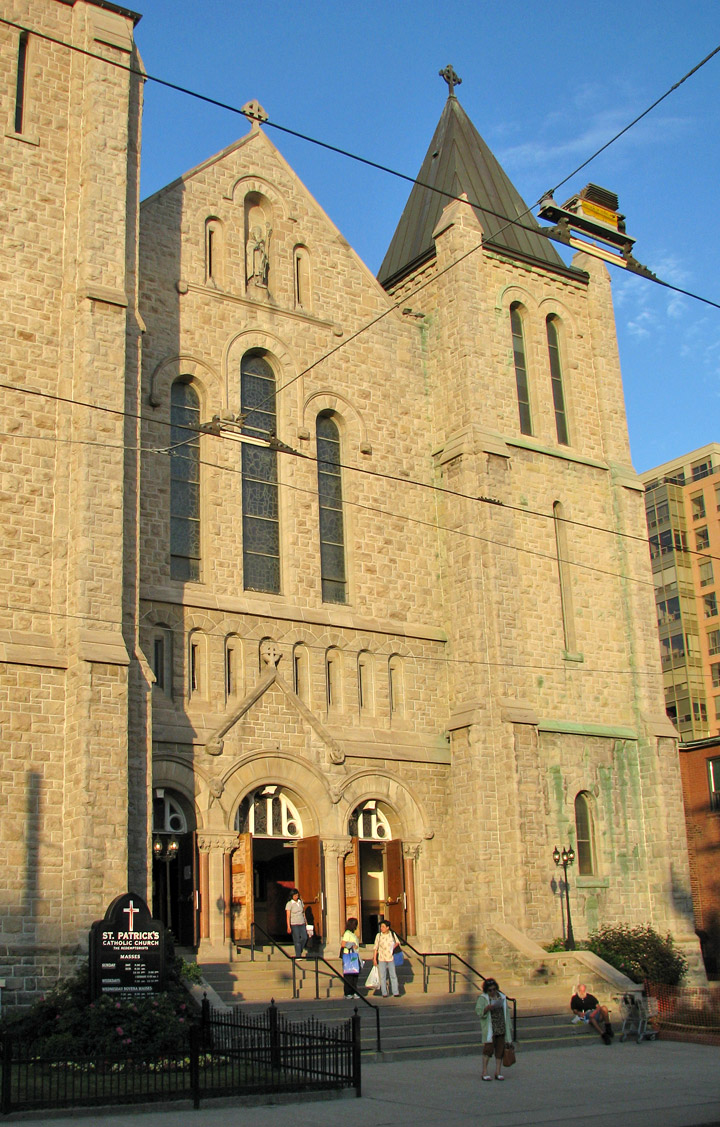
St. Patrick's church

interior
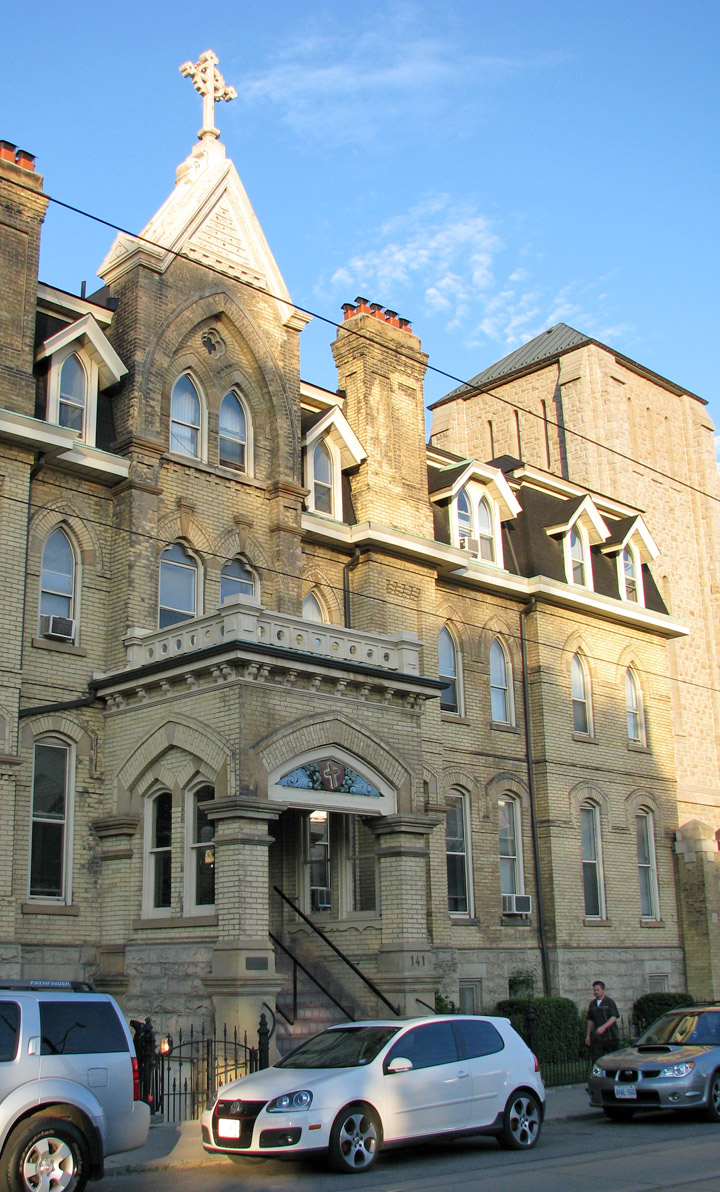

Bodega Restaurant
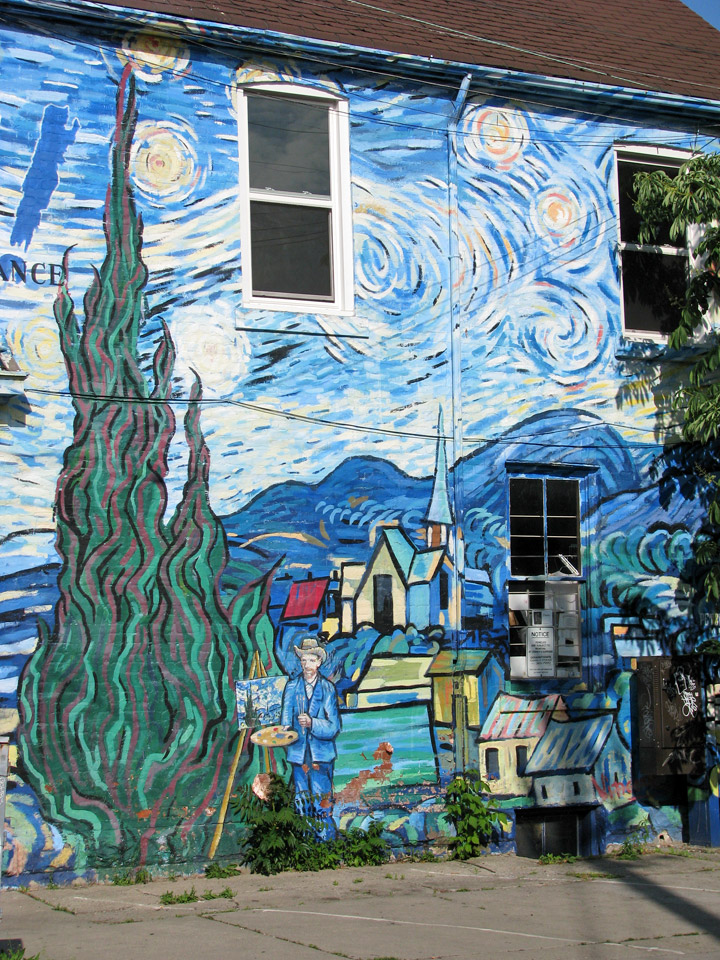
Van Gogh enthusiast
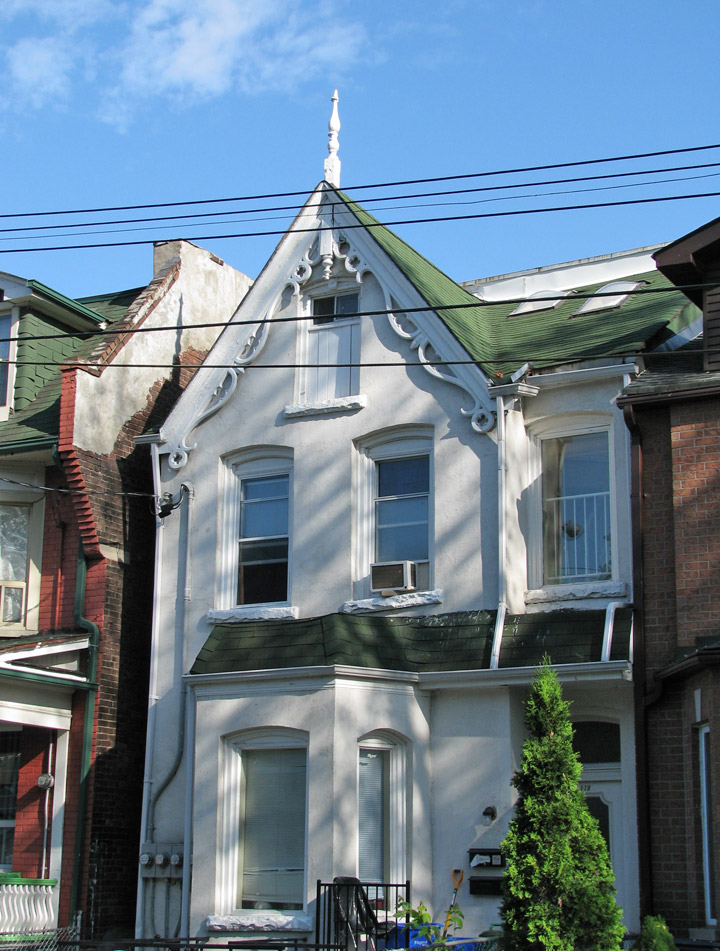
almost Queen Anne

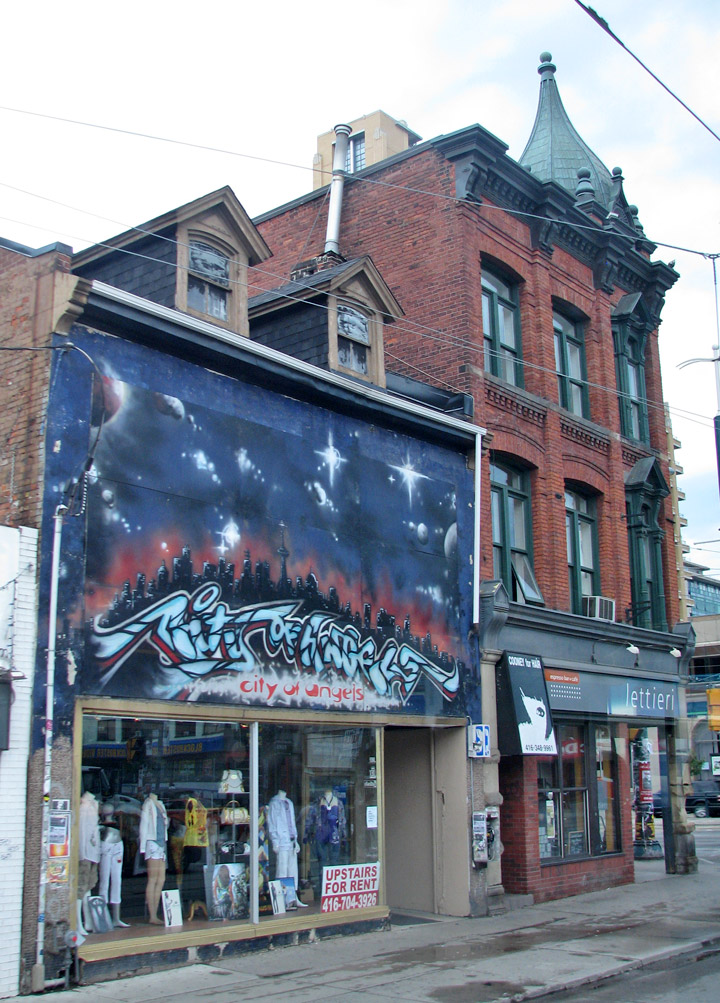
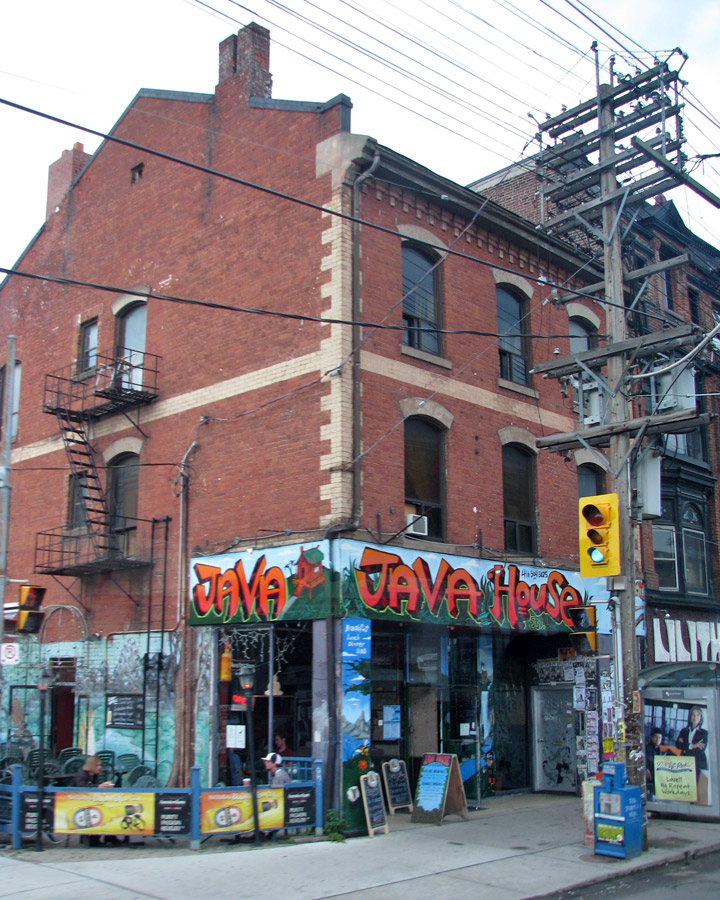
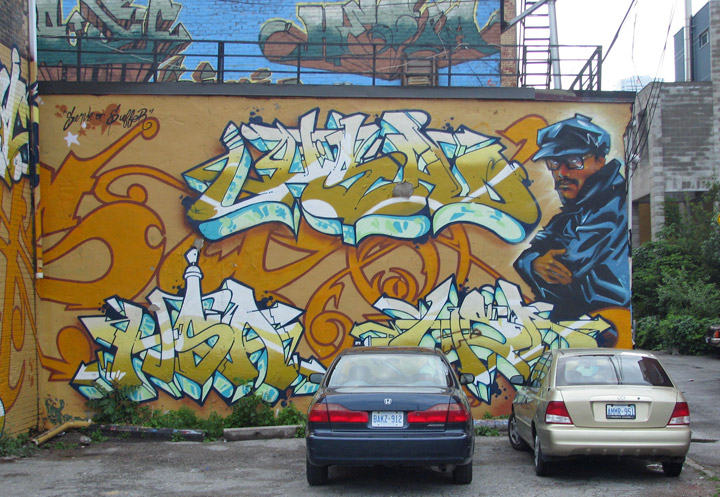
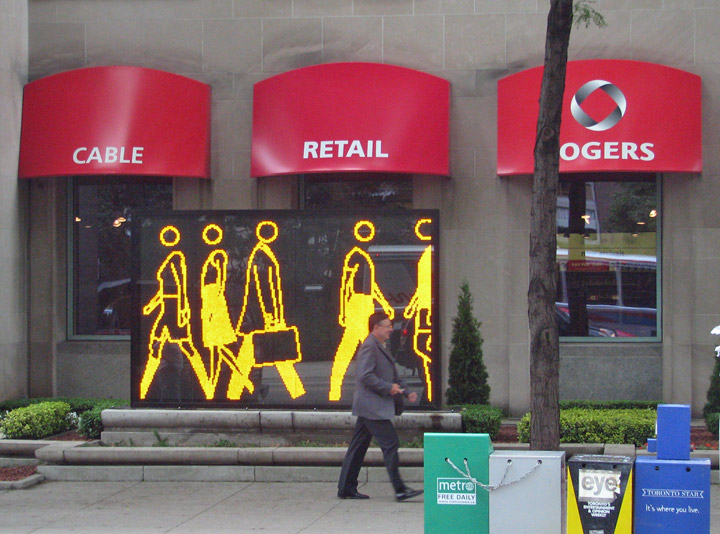
walkers at Rogers cable